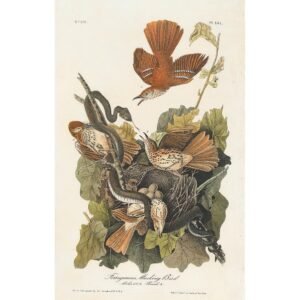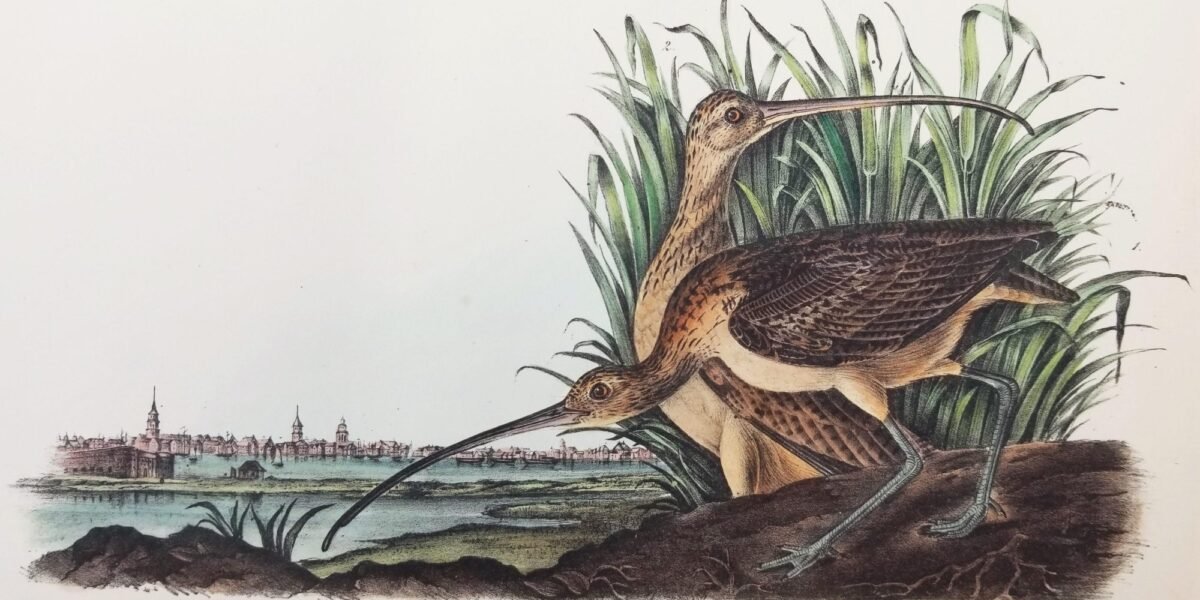
Interview: Mapping Charleston’s Past at Its Oldest Gallery
As any travel specialist would probably say, we’re rather drawn to maps. The promise of unexplored places. The sense of adventures to be had. The smell of the old paper, and the years of history it represents. What could be more exciting? So, it’s no wonder I was drawn through the discrete doors of a gallery– with several intriguing old maps showcased in the window– while wandering through the streets of Charleston. As it turns out, I had unwittingly entered the oldest gallery in the city, originally founded in the 1940’s, and found myself speaking with the owner, Laura Vardell. Having worked with the gallery since 1985, Laura has accumulated a wealth of knowledge regarding the antique maps and prints that the gallery specializes in.
You can learn a lot about a place by delving into antique maps. They showcase the universal human drive to explore in such a poignant, physical way. In addition to a long history providing the potential for intriguing, old maps, Charleston is privy to some incredible art depicting its distinct flora and fauna. Artists like John J. Audubon did some of his best work in the Charleston area. So it came to be that, in a city that’s so well-known for both its history and natural beauty, I asked Laura for her insight into the wonderful world of antique maps and prints:
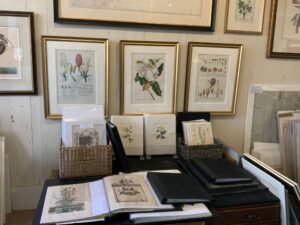
What have you learned about Charleston throughout your career?
Gosh! Too much! Charleston has been one of the centers of the New World for naturalists such as Mark Catesby (A Natural History of Carolina, Florida, and the Bahama Islands, 1734), Alexander Garden, John J. Audubon and both his sons, (Birds of America, 1827-1838), Andre Michaux (The North American Sylva, 1853). William Bartrum (Travels through North & South Carolina, Georgia, …, 1791). Three wars, numerous hurricanes, fires, and earthquake! Then all the other artists from all over the world who came and illustrated our lovely city, capturing her in good times and bad: Xanthus Smith, William Aiken Walker, Alfred Hutty, Elizabeth O’Neill Verner. Then the writers: Edgar Allen Poe, DuBose and Dorothy Heyward, Joel and Ira Gershwin, John Bennett. I can go on..
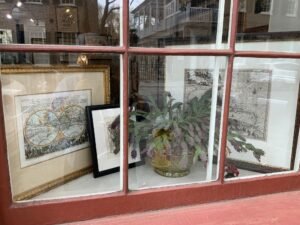
What is an interesting piece you’ve recently found?
I have a map in restoration right now that is extremely rare and is a showstopper. It is a huge map of the city of Charleston, and it was one of only 100 printed. Each was signed and numbered, and the name to whom it was given is written on the map. There are a couple in the collections of libraries and institutions but other than the last one I sold, I could only find one in the last 20 years offered up for sale.
Do you have an all-time favorite piece? If so, what about it captures your attention.
It is difficult to say I have a favorite piece. I have favorite artists and I like some better than others. It would be hard to narrow them down to less than two, and in no particular order: Maria Sibyla Merian and Mark Catesby.
I can say I love how some people react to a piece and I am still fascinated by how these pieces were made and the difficulties the artist and mapmakers had to endure to get them made. The exploration, finding patrons to fund the project, having an open mind and the curiosity to record what they were witnessing, the notes and sketches. Then taking everything back home, finding a publisher, sourcing handmade paper, fabricating metal plates or stones, finding the best artist to translate by engraving the illustrations from original paintings and drawings, inking the plates by hand, pulling the print, hiring scores of colorists to color each one correctly, setting type to print the text, then to bind and make books and atlases. Each and every one is very labor intensive– more than just a blue bird on a print.
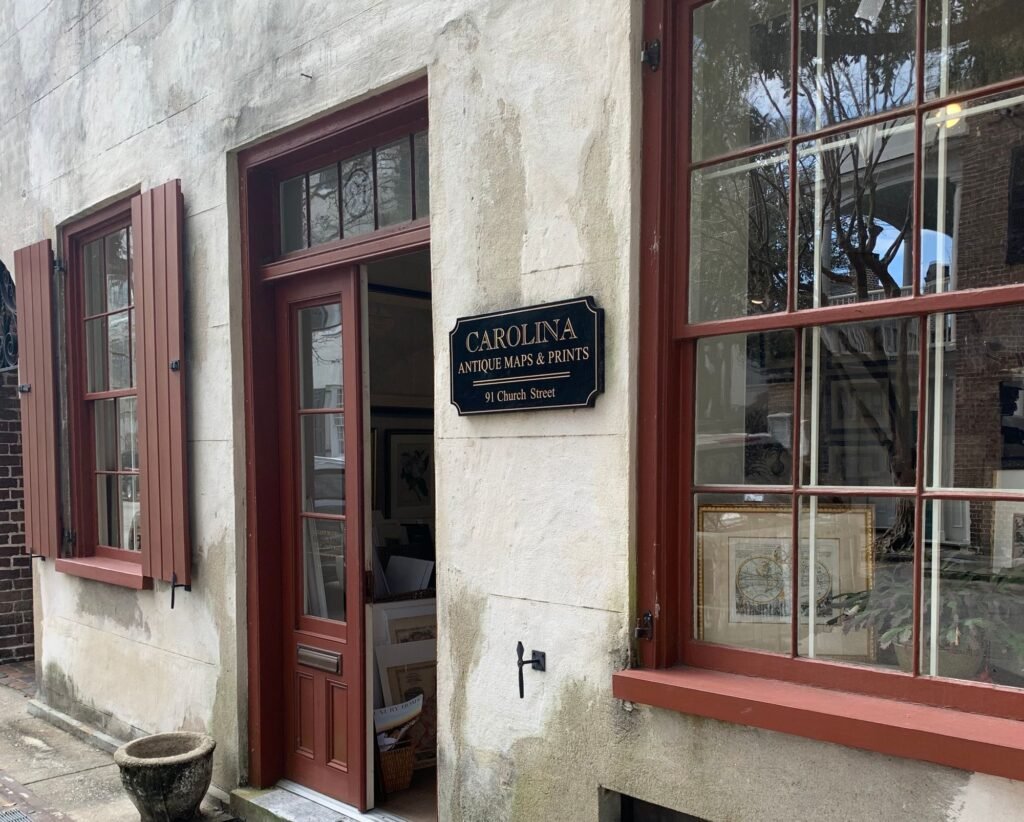
Where do you source or search for the pieces that are curated in the shop?
The truth is over 65% finds me. We have been here in Charleston since the 1940’s. I have pieces offered to me daily. Some we sold before and the owner wants to downsize, or kids don’t want, some because they want something better, some because they inherited them and rather have money.
I have print dealer friends all over the world and we know what each other like, so if I have something I think they could sell or if they have something I could use, all we have to do is send an email or make a call. I do buy some at auction. I don’t buy at American auctions; most auctions now are online and many who bid here are used to buying retail and I have to drop out when I don’t think I can make a profit.
What draws you to the natural history of the Charleston area in your work?
I know I have personal connections to the maps and prints for the same reason many do. My Grandmother gave us a subscription to National Geographic every year. My dad would read to my sister and myself about those far off places. We would study the maps and then locate those places on the world map. Then to talk about Natural History, my earliest visual memory of a piece of art was the Audubon Mockingbird hanging in my grandmother’s dining room. I remember Dad telling me to look and see how noisy that print was. How loud those mockingbirds were fussing at the snake after their eggs and the sound of the rattle of the snake. The funny thing about the print now that I am an adult, rattle snakes can climb but rarely do and there has been much discussion about Audubon’s mistake in illustrating it that way.
You can find Carolina Antique Prints and Maps at 91 Church St, Charleston, South Carolina, 29401.
